
Developer: Paradox Interactive
Publisher: Paradox Development Studio
Platform: PC
March of the Eagles – Review
In my opinion there are two kinds of strategy games. I’m not talking about real time and turn based. Rather, I think strategy games can be divided into two categories, one focusing on building and resource management, while the other aims to please fans of spreadsheets and intricate strategies.
March of the Eagles obviously falls into the latter category.
Story
We’re taken to the 19th century, to a time when, in the real world, Napoleon Bonaparte introduced Europe to a new large-scale conquest.
Don’t mistake March of the Eagles for an historical representation of Napoleon’s career. Neither will you be playing as the man himself. Instead you’re given a choice between several nations. Not all of them aim to capture the whole of Europe either, although conquering strategic cities is still the game’s main goal.
Graphics
Europe’s map is huge, even stretching as far as some parts of the Persian Empire. As such it’s often easy to lose track of what you’re doing unless you manage to memorize hundreds of cities, their names and their locations.
Well-known landmarks like the Alps are all there, and anyone who’s familiar with the historical division of Europe, will at least recognize the different regions.
Everything looks rather clean, yet basic, which does help countering the cluttered mess these kinds of games can easily become.
There’s still a large amount of window-swapping going on though, so be prepared.
Sound
Soothing and bombastic tunes accompany your conquest of Europe. It’s music that’s been designed to last for the entire campaign.
This is true for most games in the genre, as it can take hours to achieve your goals. Which means the soundtrack isn’t allowed to annoy.
In other words: don’t expect any music that you’ll fondly remember, but what’s there fits the game just as well.
Gameplay
Compared to some of Paradox’s other games, March of the Eagles is rather basic. You’ll have to worry less about wading through dozens of menu’s, comparing units and deciding what strategy to follow, have been made decidedly easier and user-friendly. As such, this makes for a perfect introduction for some of the publisher’s more intricate works.
However, don’t expect the learning curve to be anything but steep.
Granted, anyone who’s well versed in the likes of Europa Universalis III or Crusader Kings II will know what to expect. At heart March of the Eagles is still the same top-down strategy game as its brethren.
The campaign starts in 1805 and once you’ve selected your country it’s off to war. Like in most strategy games you’re offered a choice: aim for victory through dominion or take a more diplomatic route.
In reality it’s virtually impossible to win without strong-arming your way through another region’s army. After all, in order to succeed, the only option is to achieve both land and naval dominance. Thinking any self-respecting regent would give up his territory is laughably naïve.
March of the Eagles reflects this with an A.I. that uses the term ‘peace’ as an insult.
As such, diplomacy is still a means to an end, but that end always boils down to warfare. But even worse, once you’ve managed to built a decent army -usually about twice the size of the one your enemies are touting- proper strategies might as well be tossed aside.
The above is only true as long as you assign leaders -skillful generals- to your armies, as without them, your legions are useless.
Truth to be told, March of the Eagles leaves a lot to be desired as a single player time-waster. Instead it’s a game that gets better when played together with a few close friends.
So go on, organize a game night and introduce March of the Eagles as a virtual -and slightly more involving- game of risk. Backstabbing Russia gets a lot more fun when the victim is someone you actually know.
One other complaint I have is that it’s almost impossible to compete when playing as one of the smaller regions. Take The Netherlands for example. It’s tiny, with Russia -by far the largest country- taking up more than a hundred times the same amount of initial space.
Then there’s the whole 15 year limit. Take to long to achieve your goals and the game abruptly ends, even if a few more days are all it would have taken to win.
Conclusion
Consider March of the Eagles a digitalized boardgame, one that should be played with a few good friends, preferably ones with a decent amount of patience.
The game encourages you to keep pushing forward and to consider which cities are actually worth conquering. At the same time, a lack of diplomatic depth turns a love for war into the only real choice for those who want to emerge victorious.
There’s still a semblance of choice that will please those new to the genre. Veterans, however, have far better games to choose from.

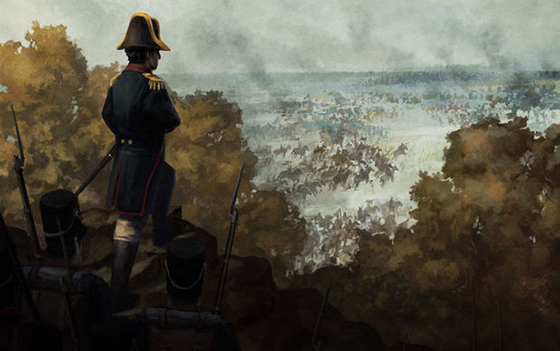
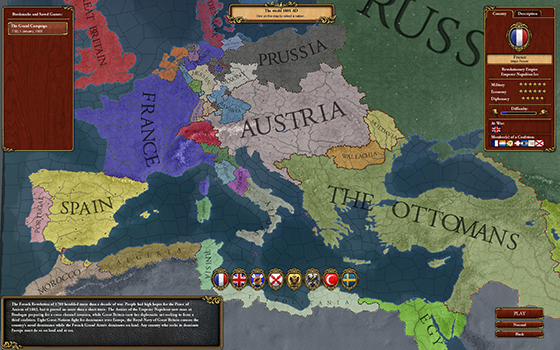
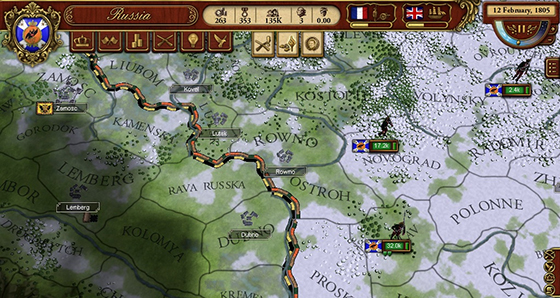
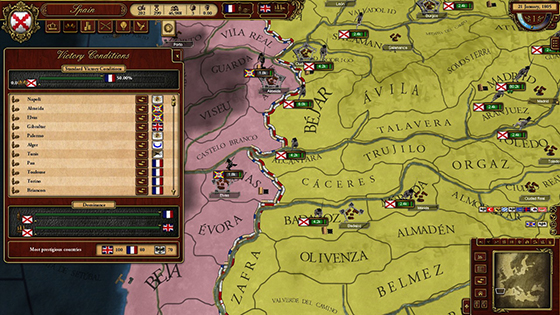
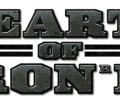
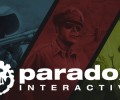


No Comments